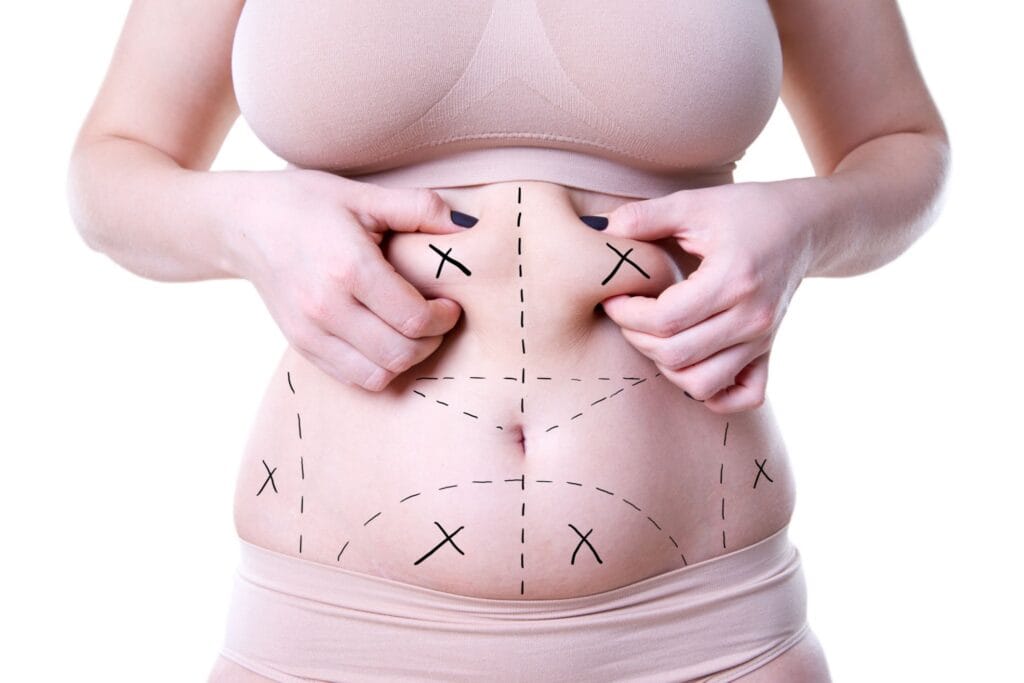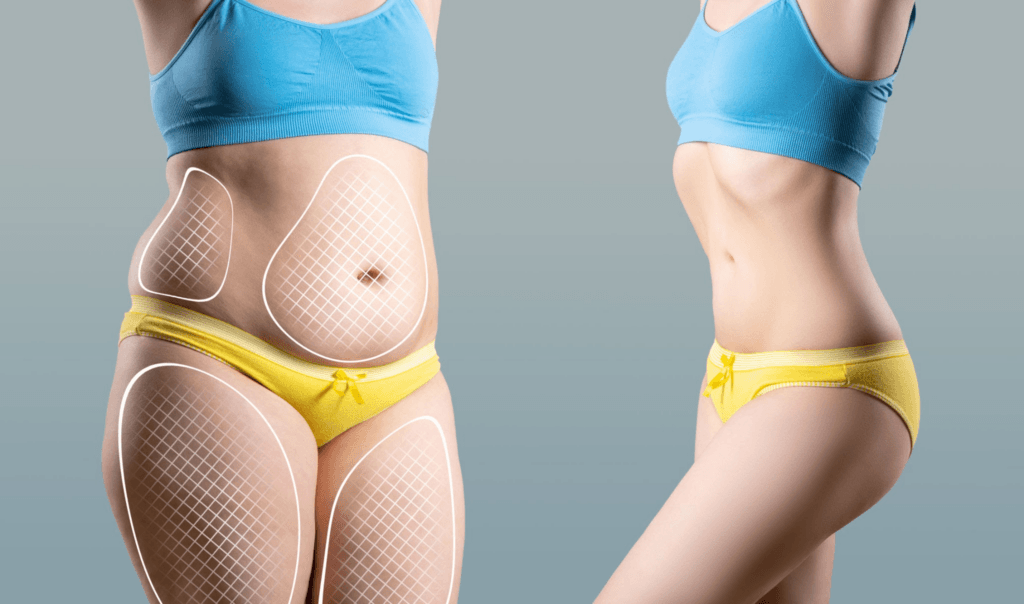Excess fat accumulation in the upper arms, often resistant to diet and exercise, can be a source of self-consciousness for many individuals. Liposuction of the arms, also known as brachioplasty (though this often involves skin removal as well), offers a surgical solution to contour and refine the upper arm area. This article provides a comprehensive overview of the procedure, outlining its suitability, process, and potential outcomes.
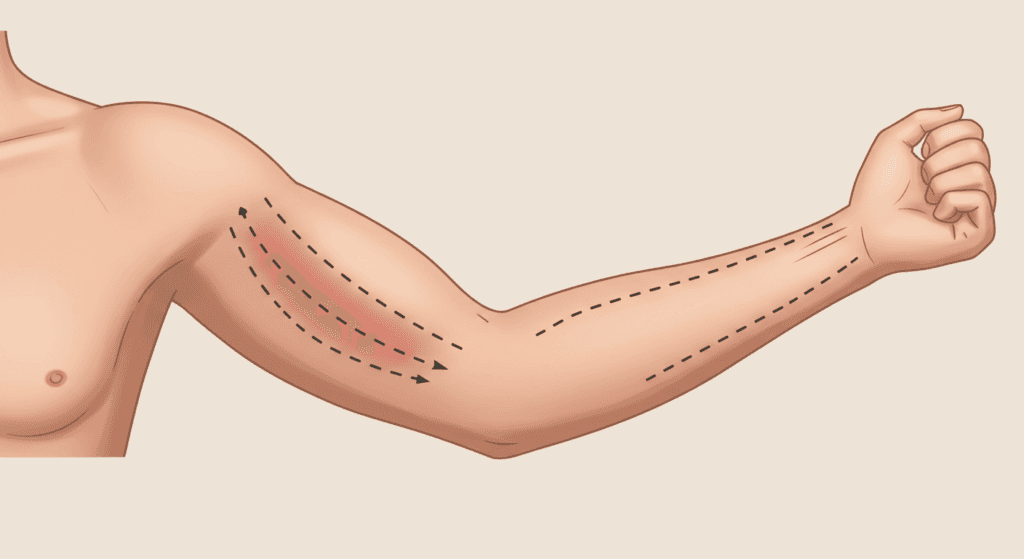
Table of Contents
Understanding Arm Liposuction
Arm liposuction is a cosmetic procedure designed to remove stubborn fat deposits from the upper arms, resulting in a more toned and sculpted appearance. It targets subcutaneous fat, the layer of fat located just beneath the skin. Unlike other weight-loss methods, liposuction doesn’t reduce overall body fat percentage; rather, it reshapes specific areas by removing localized fat cells. The procedure is particularly effective for individuals with relatively firm skin elasticity, as loose or sagging skin may require a different approach, such as a brachioplasty which combines liposuction with skin removal. It’s crucial to understand that liposuction is not a weight-loss solution and is most effective when combined with a healthy lifestyle.
The primary goal of arm liposuction is to improve the aesthetic appearance of the upper arms by reducing the volume of fat. This can significantly boost self-confidence and improve body image for those dissatisfied with their arm shape. However, it’s important to manage expectations; liposuction is not a substitute for a healthy diet and regular exercise. Maintaining a healthy weight and lifestyle after the procedure is crucial for long-term results. The procedure is typically performed under local or general anesthesia, depending on the patient’s preference and the extent of the surgery. A thorough consultation with a qualified plastic surgeon is essential to determine suitability and discuss potential risks and benefits.
Potential risks associated with arm liposuction, while generally low, include bleeding, infection, bruising, swelling, and uneven fat removal. Nerve damage is a rare but possible complication. The surgeon will discuss these risks in detail during the consultation, and appropriate measures are taken to minimize these risks. Choosing a board-certified plastic surgeon with extensive experience in liposuction is paramount to ensuring a safe and successful outcome. Post-operative care instructions will be provided to aid in a smooth recovery process. The surgeon will also discuss realistic expectations and potential limitations of the procedure.
Finally, it’s important to note that arm liposuction is not a quick fix for significant weight loss. Individuals with significant weight loss goals should focus on diet and exercise before considering liposuction. The procedure is most effective for individuals who are close to their ideal weight but have stubborn pockets of fat in their upper arms that are resistant to other methods of weight loss. A comprehensive assessment of the patient’s overall health and fitness is crucial before proceeding with the procedure.
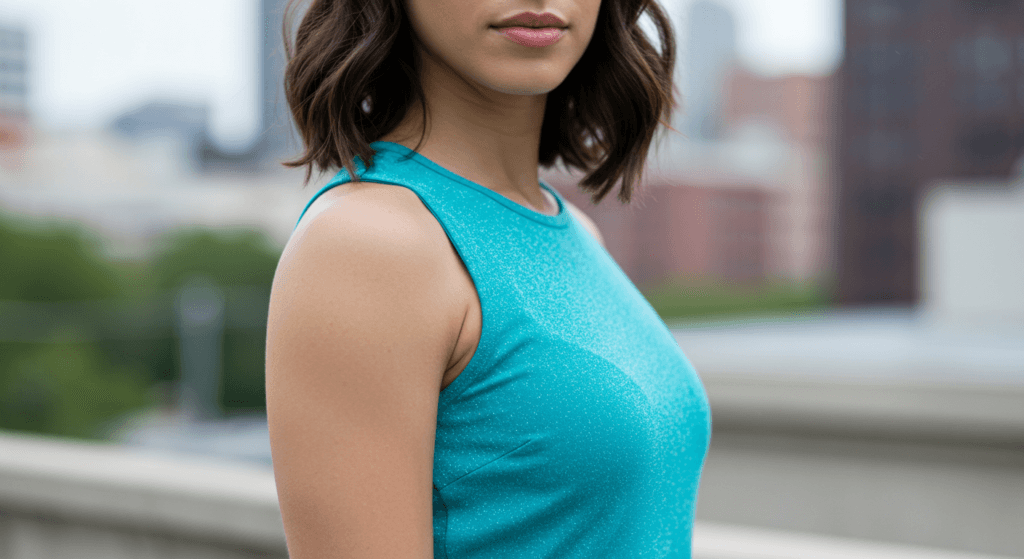
Ideal Candidates & Expectations
Ideal candidates for arm liposuction are generally in good health, have realistic expectations, and are close to their ideal weight. They should have a sufficient amount of subcutaneous fat in their upper arms that can be safely removed, but not so much that the skin is excessively loose or sagging. Loose skin may require a brachioplasty, a more extensive procedure that involves removing excess skin in addition to fat. Candidates should also be non-smokers, as smoking can impair healing and increase the risk of complications.
Before undergoing the procedure, potential candidates should have a thorough consultation with a board-certified plastic surgeon. During this consultation, the surgeon will assess the patient’s overall health, evaluate the amount and distribution of fat in the upper arms, and discuss the potential risks and benefits of the procedure. Realistic expectations should be established, and the surgeon will explain what can and cannot be achieved with liposuction. Photographs will be taken to document the pre-operative condition.
Patients should have a clear understanding of the procedure, including the recovery process and potential complications. They should also be prepared to follow post-operative instructions carefully to ensure optimal healing. This includes wearing compression garments, attending follow-up appointments, and adhering to any dietary or activity restrictions recommended by the surgeon. Open communication with the surgeon throughout the process is crucial for a positive outcome.
Finally, it’s important to remember that arm liposuction is an elective cosmetic procedure, not a medical necessity. Candidates should be motivated by a desire to improve their appearance and body image, not by pressure from others or unrealistic expectations. A positive and realistic outlook is crucial for a successful outcome and a satisfying experience.
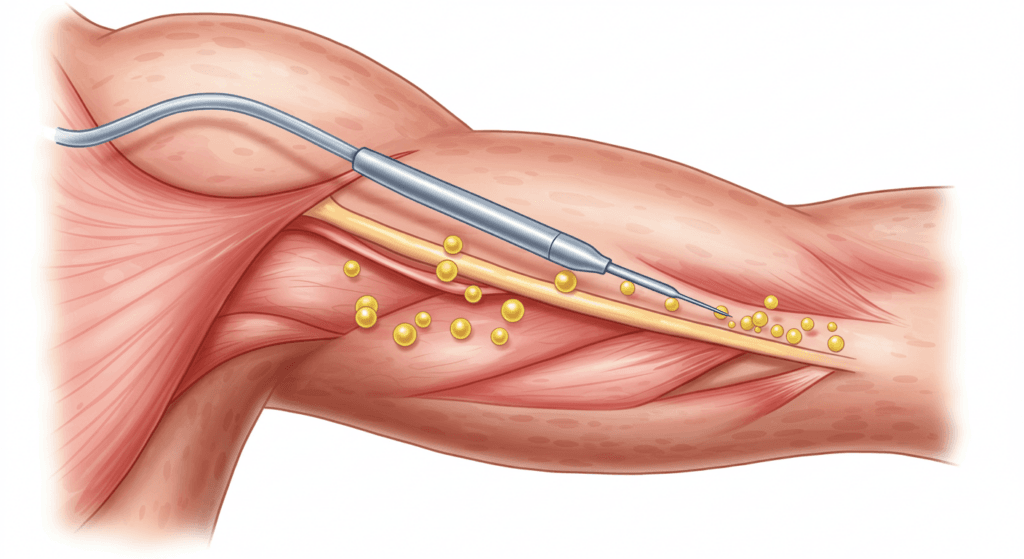
The Procedure: Steps Involved
The arm liposuction procedure typically begins with the administration of anesthesia, either local or general, depending on the patient’s preference and the extent of the surgery. Once the anesthesia takes effect, the surgeon will mark the areas of the upper arms to be treated. Small incisions are then made, usually in inconspicuous locations, to insert the cannula, a thin, hollow tube used to suction out the fat.
Using a technique called tumescent liposuction, a solution containing saline, lidocaine (a local anesthetic), and epinephrine (a vasoconstrictor) is injected into the fatty tissue. This solution helps to numb the area, reduce bleeding, and make the fat easier to remove. The cannula is then carefully moved back and forth to break up and suction out the fat cells. The surgeon will carefully monitor the progress and ensure even fat removal.
The procedure’s duration varies depending on the amount of fat to be removed and the individual’s anatomy. Once the desired amount of fat has been removed, the incisions are closed with sutures or stitches, and a compression garment is applied to minimize swelling and support the healing process. The compression garment needs to be worn for several weeks post-surgery.
After the procedure, the patient will be monitored for a short period before being discharged. Post-operative instructions will be provided, including information on pain management, wound care, and activity restrictions. Follow-up appointments are scheduled to monitor healing progress and address any concerns.
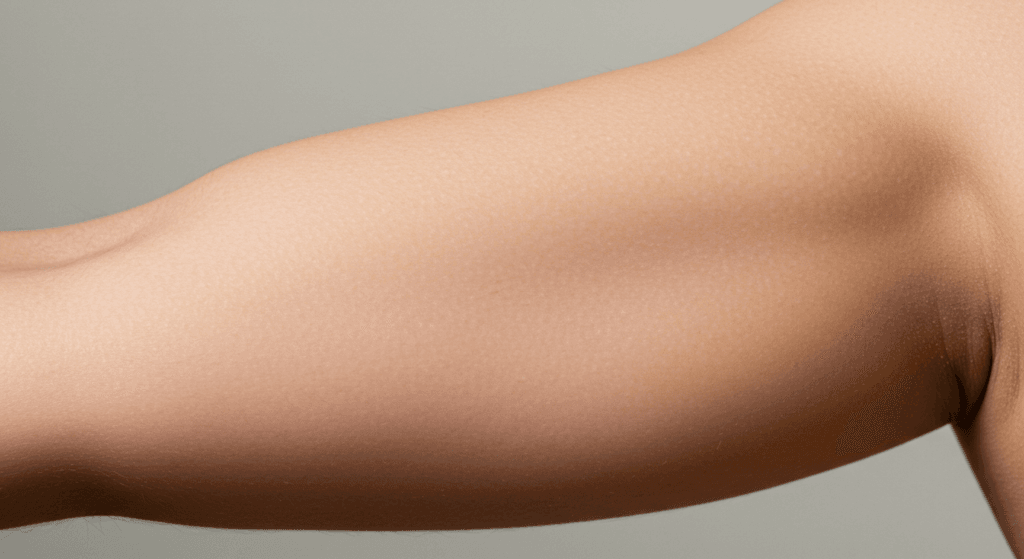
Recovery & Long-Term Results
The recovery period after arm liposuction varies from person to person, but generally involves some degree of swelling, bruising, and discomfort. Pain is usually manageable with over-the-counter pain relievers. The compression garment should be worn as directed by the surgeon, typically for several weeks, to minimize swelling and support the healing process. Most patients can return to their normal activities within a few days, but strenuous exercise should be avoided for several weeks.
Swelling and bruising typically subside within a few weeks, but it may take several months for the final results to become apparent. During this time, patients should follow their surgeon’s instructions carefully and attend all scheduled follow-up appointments. Regular massage therapy may be recommended to help reduce swelling and improve the contour of the arms. The compression garment helps to minimize the risk of seroma (fluid collection) formation.
Long-term results of arm liposuction are generally positive for patients who maintain a stable weight. The removed fat cells do not regenerate, resulting in a permanent reduction in fat volume in the treated areas. However, weight gain after the procedure can lead to fat accumulation in other areas of the body. Maintaining a healthy lifestyle, including a balanced diet and regular exercise, is crucial for preserving the results of the procedure.
Ultimately, the success of arm liposuction depends on several factors, including the patient’s individual anatomy, the surgeon’s skill, and the patient’s adherence to post-operative instructions. Open communication with the surgeon and realistic expectations are crucial for a positive outcome and a satisfying experience. Regular follow-up appointments allow the surgeon to monitor progress and address any concerns.
Arm liposuction can be an effective way to reduce unwanted fat in the upper arms and improve body contour. However, it’s crucial to choose a qualified and experienced plastic surgeon, have realistic expectations, and maintain a healthy lifestyle to achieve optimal and lasting results. This procedure is not a weight-loss solution but a body contouring technique best suited for individuals close to their ideal weight with localized fat deposits in their arms. Always consult with a board-certified plastic surgeon to determine if arm liposuction is the right choice for you.
Transform Your Confidence with Surgyteam!
Join the thousands of satisfied patients who have experienced the exceptional care and expertise of Surgyteam’s renowned plastic surgeons. Whether you’re seeking aesthetic enhancements or reconstructive surgery, our dedicated team in Antalya is here to provide you with the highest quality treatment and personalized care.


